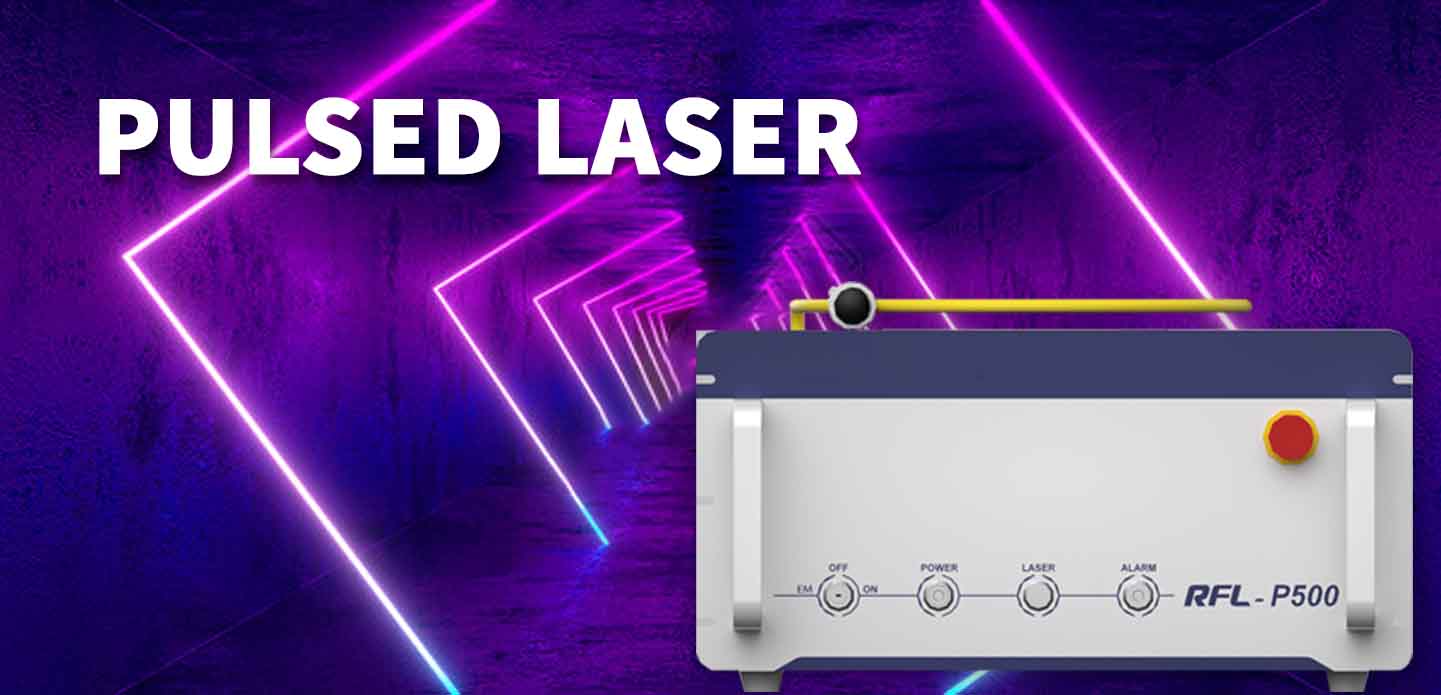
In recent decades, the rise of laser technology has revolutionized numerous fields, from manufacturing to medicine. Among the various laser processes in use today, pulsed laser technology stands out due to its versatility and precision. Pulsed laser power is a critical parameter that significantly influences the efficiency and effectiveness of laser-based applications, particularly in material processing. This article aims to explore the dynamics of pulsed laser power, its impact on various material processing techniques, and the future prospects of this exciting technology.
Understanding pulsed laser power begins with the essence of laser physics itself. Lasers emit light through a process of optical amplification based on the stimulated emission of radiation. When lasers operate in continuous wave (CW) mode, they produce a constant output of energy. However, in pulsed laser operation, energy is emitted in short, intense bursts or pulses. These pulses can range in duration from femtoseconds (10^-15 seconds) to nanoseconds (10^-9 seconds), leading to distinct thermal and mechanical effects on the materials being worked upon.
The primary advantage of pulsed laser power lies in its ability to deliver high peak power within very brief time frames. This capability enables effective material processing without excessive heat diffusion, making it suitable for applications where precision is paramount. For example, in micro-manufacturing and micro-machining, the high peaking effect of pulsed lasers allows the cutting and engraving of intricate designs on a microscopic scale. By carefully controlling the pulse duration and energy, manufacturers can achieve clean and precise cuts, significantly reducing material wastage and enhancing throughput.
Different materials respond uniquely to pulsed laser power, which offers additional advantages in various sectors. For metals, for instance, the interaction between laser pulses and the surface can result in rapid melting and vaporization processes, leading to efficient cutting, welding, and surface treatment. The agility of pulsed lasers in working with metals has facilitated innovations in industries like automotive and aerospace, where precision and reliability are invaluable.
In the electronics industry, pulsed laser ablation is often employed to pattern thin films or remove material from substrates without damaging underlying layers. The ability to achieve such precision has made pulsed lasers essential in the production of semiconductors and microelectronic devices. Consequently, pulsed laser power has become a cornerstone technology in the advancement of electronic components and consumer electronics.
Moreover, medical applications of pulsed laser technology highlight its importance beyond industrial uses. In dermatology, laser-assisted procedures for skin resurfacing and hair removal utilize pulses of laser energy to target specific skin layers with minimal impact on surrounding tissues. Similarly, in ophthalmology, the precision of pulsed lasers allows for delicate procedures such as LASIK eye surgery, where refractive errors in the cornea are corrected using finely tuned laser pulses.
As industries continue to evolve, the scope of applications for pulsed laser power is only expected to expand further. The ongoing research in ultrafast lasers promises to push the boundaries of what is currently achievable, leading to even shorter pulse durations and higher peak powers. Applications like precision medicine, nano-manufacturing, and advanced material development are on the horizon, driven by the paradigm shift towards ever-smaller and more intricate structures.
However, harnessing pulsed laser power effectively requires a sophisticated understanding of laser-matter interactions. Factors such as pulse duration, energy density, and material type must be finely tuned to achieve desired outcomes. This requirement has stimulated significant research efforts aimed at optimizing laser parameters for various applications, ensuring that the true potential of pulsed lasers is utilized.
In conclusion, the impact of pulsed laser power on material processing techniques is profound. From the manufacturing floor to medical facilities, the applications of this technology are vast and diverse. As advancements in laser technology continue to emerge, the future looks promising for pulsed laser applications, ushering in a new era of precision, efficiency, and innovation across multiple fields. The exploration of pulsed laser power is not merely an academic endeavor but a vital component in driving progress and addressing challenges in today’s technology-driven world.
由用户投稿整理稿件发布,不代表本站观点及立场,仅供交流学习之用,如涉及版权等问题,请随时联系我们(yangmei@bjjcz.com),我们将在第一时间给予处理。






